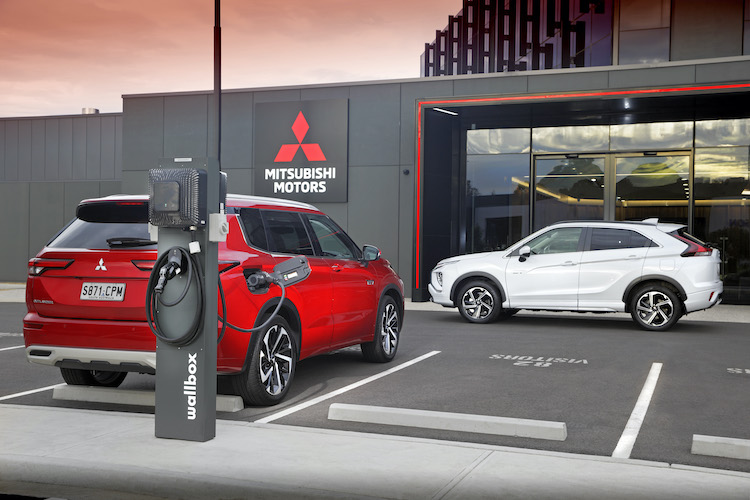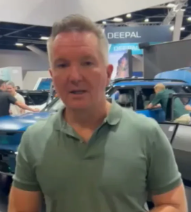
Australia will allow vehicle to grid (V2G) installations by the end of this year.
So says climate change and energy minister Chris Bowen, telling the Sydney International EV AutoShow, attended by more than 30,000 visitors, exhibitors and speakers on November 8-10, that agreement on new standards will allow EVs to use V2G by the end of 2024.

Bowen says Standards Australia has approved a new standard allowing V2G.
“If you’ve got a car with V2G capability and a bidirectional device, you could be using that car to power your house before the end of this year,” says Bowen.
Vehicle companies can now start having their bidirectional devices tested to the revised standard, then apply to the Clean Energy Council to have their devices assessed and listed, The Driven reports.
Electricity distribution networks can then confirm listed devices can be plugged into their local grids.
“It means when you pick your next EV you won’t be buying just a car, you’ll be buying a household battery on wheels,” says Bowen, adding it won’t happen quickly for everyone.
Bowen expects the new standard will assist consumers with the right tools, technology and rules to control their energy resources and get maximum benefit, including exporting power from rooftop solar.
Automotive brands with V2G include Abarth Audi, BMW, BYD, Cupra, Fiat, Fisker, Ford, General Motors, Genesis, Lucid, Honda, Hyundai, Kia, Lexus, Mercedes-Benz, MG, Mitsubishi, Nio, Nissan, Ora, Polestar, Renault, Stellantis, Volkswagen, Volvo, and Xpeng,
Others considering V2G include Tesla and Toyota.







